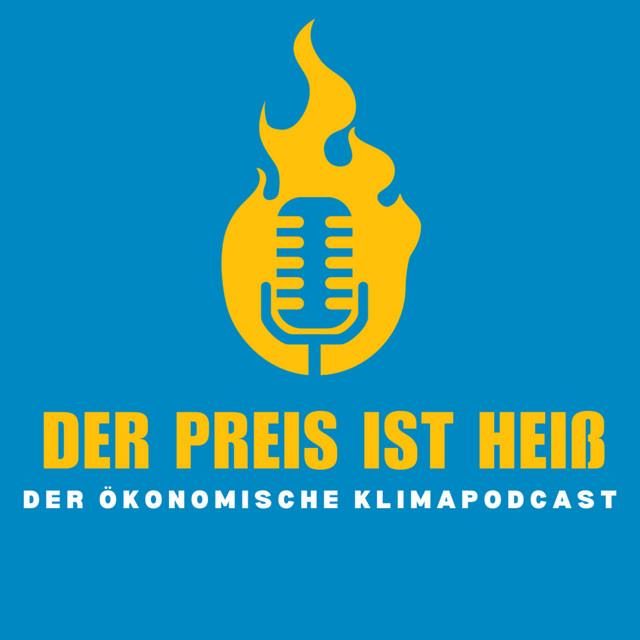State and Trends of Carbon Pricing Report 2023
- Publication
- Citation
World Bank. 2023. State and Trends of Carbon Pricing 2023. © http://hdl.handle.net/10986/39796
Carbon pricing is gaining traction around the world, as more and more jurisdictions implement emissions trading systems or tax carbon emissions to achieve their climate objectives. The annual "State and Trends of Carbon Pricing" is the flagship report of the World Bank to provide a concise, up-to-date overview of what is happening in this field. With over 70,000 annual downloads, it is one of the most prominent publications on this matter.
Key topics covered in the 2023 report include how governments have responded to the global energy crisis, uptake of ETSs and carbon taxes in emerging economies, and progress in carbon markets and supporting frameworks, including implementation of Article 6 of the Paris Agreement.
Key messages include:
- ETSs and carbon taxes have proven resilient despite the energy crisis and high inflation rates: several jurisdictions either delivered on existing plans for new ETSs or taxes, increased their ambition, or announced further proposals for developing new initiatives in the coming years.
- The share of global emissions covered by carbon taxes and emissions trading systems (ETSs) has grown from 7% to around 23% since the first State and Trends report was published 10 years ago.
- Record high revenues of almost USD 100 billion were generated from ETSs and carbon taxes in 2022, largely driven by record high EU ETS prices.
- Uptake of ETSs and carbon taxes is rising in emerging economies, but high-income countries still dominate.
- Carbon pricing is being viewed through a broader lens, not only as a key mitigation policy, but also as a tool to raise revenue, drive innovation, and help deliver on broader sustainability and development goals.
- Governments, the private sector, and others are thinking about carbon markets and pricing in increasingly sophisticated ways.
- Carbon credit markets experienced a slowdown after years of rapid growth: both issuances and retirements of carbon credits fell slightly compared to 2021, although they remain significantly above levels in preceding years.
- Recent developments on Article 6 suggest a pathway for international carbon markets, though more work is needed to build the administrative capacity for countries to engage further.




